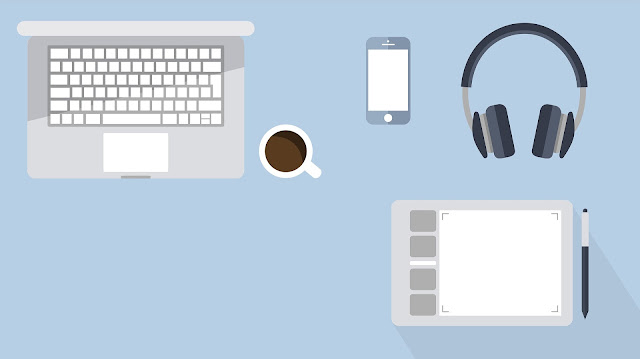5 Must Know Web Design Tips for a Faster Website
In today's time-crunched world, most people don't have even a minute to spare. This hurried pace continues to the field of website design -- your professional Web design must meet the demands of users with a broad range of options for viewing the Web. Many web designing and development companies are competing over user engagement. Even if you build a website design that's worth a wait, visitors faced with slow download speed aren't likely to hold for long. So how can you make sure that they stick around? Pay close attention to five expert Web design tips to build a website that won't slow your business down.
1. Limit use of flash
Flash is a perfect
example of style over substance and, while it has its place in professional Web
design, it must be applied sparingly when you create a website. Even if your
website visitors have the right flash player, it will raise your site's
download time. Flash is also one of the web designing elements that are not yet
accessible to search engines, which means it can only check your search engine
optimisation efforts.
2. Compress your images
Images are an excellent
example of how the simple looks can be deceiving in Web design techniques. You
might not understand just how much space they utilise when you formulate a
website design. By compressing your images before combining them to your expert
Web design, you can reduce a GIF or.JPEG image by up to half its original size.
You should also specify the height and weight of your images in your HTML,
which can decrease loading time.
3. Clean up your code
While the HTML text is
much quicker than graphic text, there are ways you can make it even faster.
Watch out for extraneous HTML coding – like spaces, redundant tags and even
white space -- that can double the size of your files. Remember that less is
more, and use defaults for tags or exclude them wherever possible.
4. Use thumbnails
Thumbnails are an
exceptionally helpful website design technique for e-commerce websites. Provide
clients with a small, fast-loading image of your product and let them choose
whether they need to view the larger version of the image.
5. Switch to CSS
Many
Web designers now use Cascading Style Sheets (CSS) rather of the more common
table layout. CSS is a popular styling language that has a twofold purpose in
professional Web design: it can save you time when you build a classic website
and save your visitors time by drastically decreasing page size and download
time.



Comments
Post a Comment